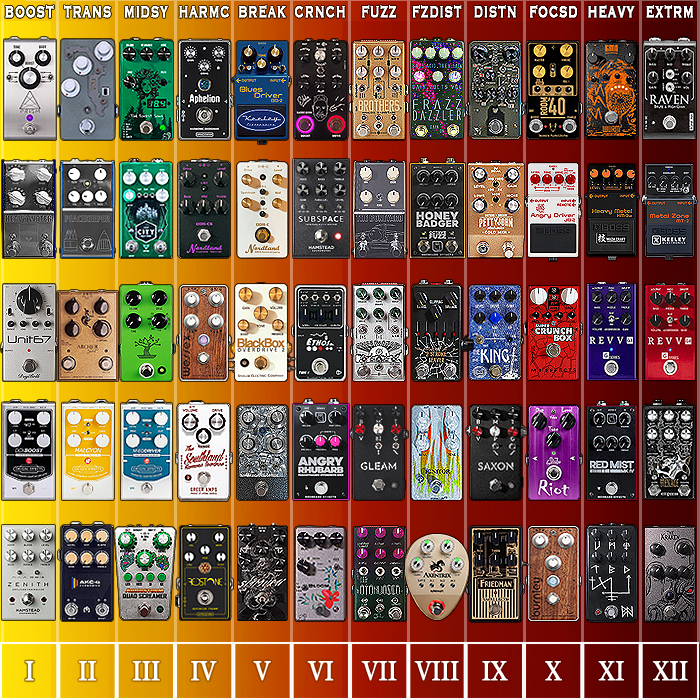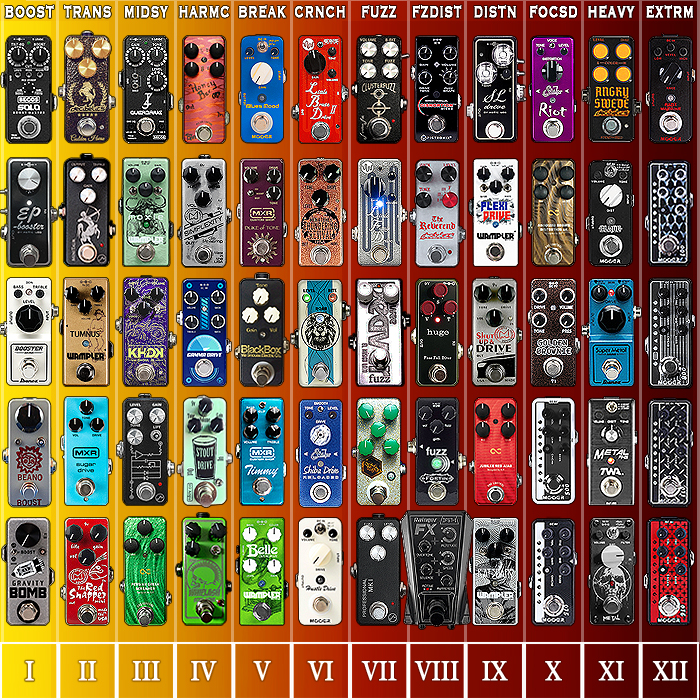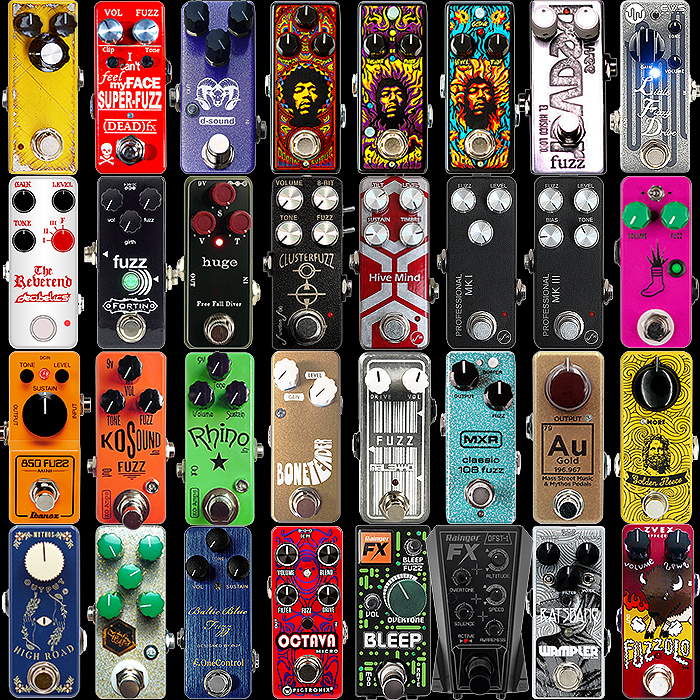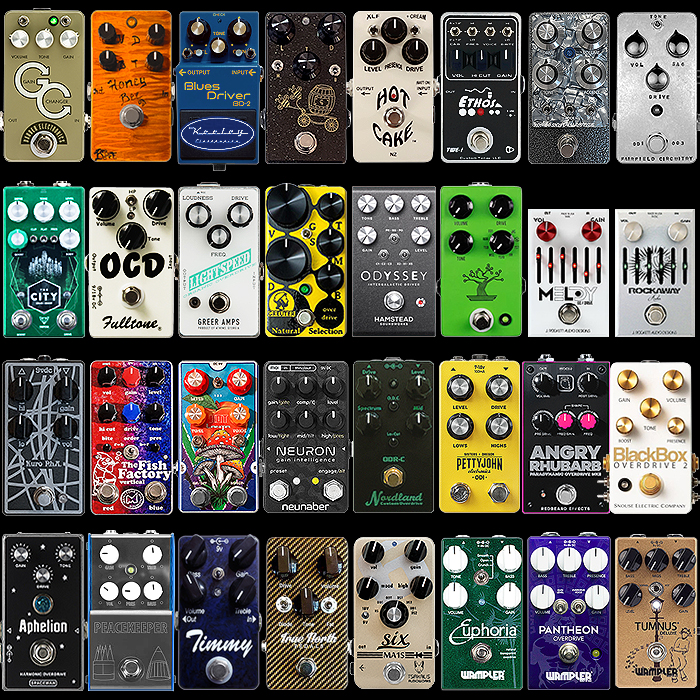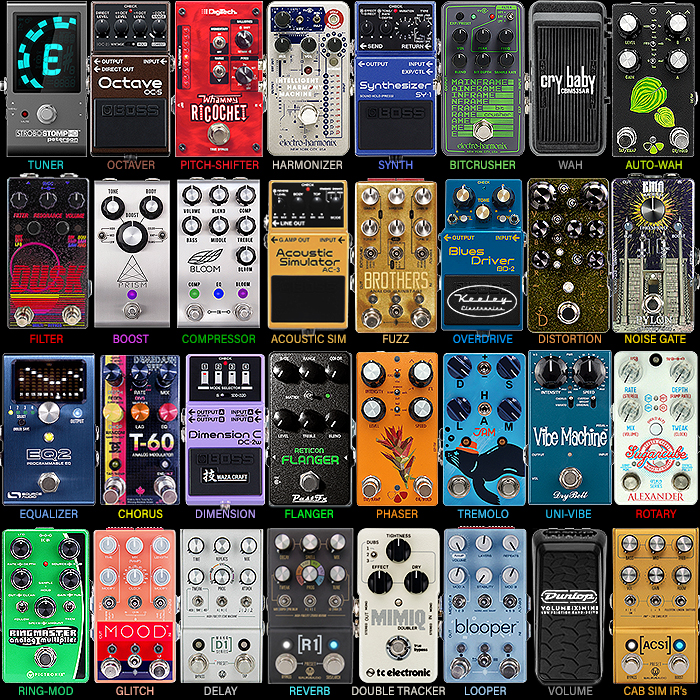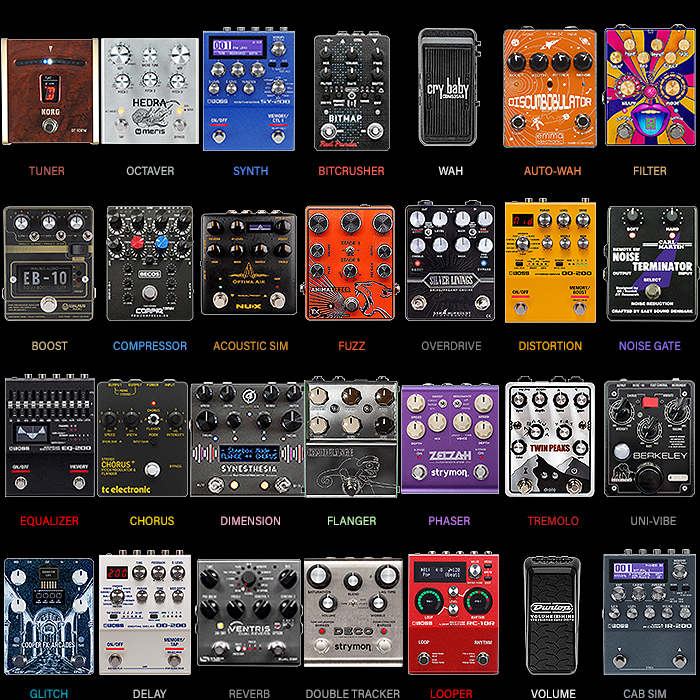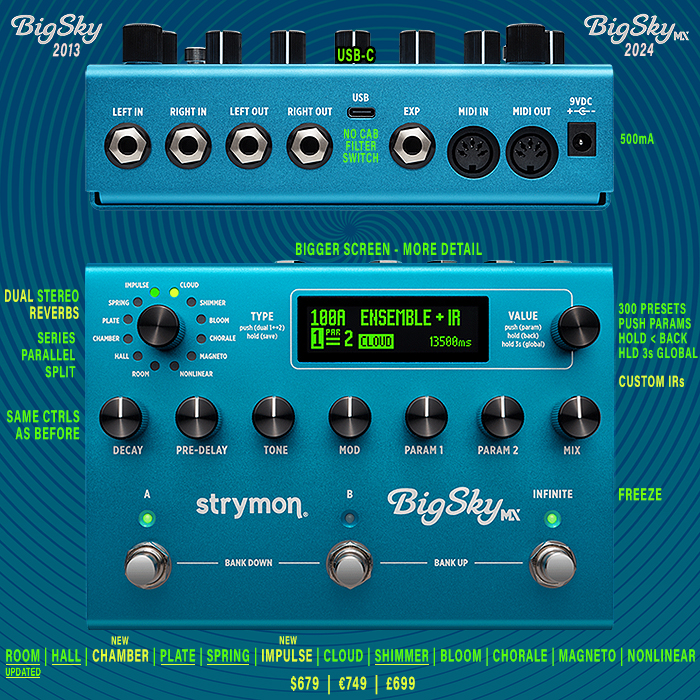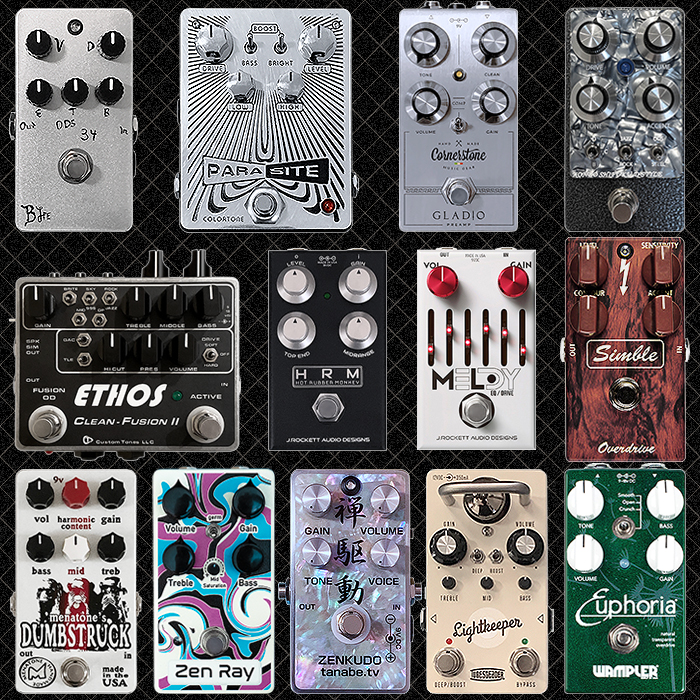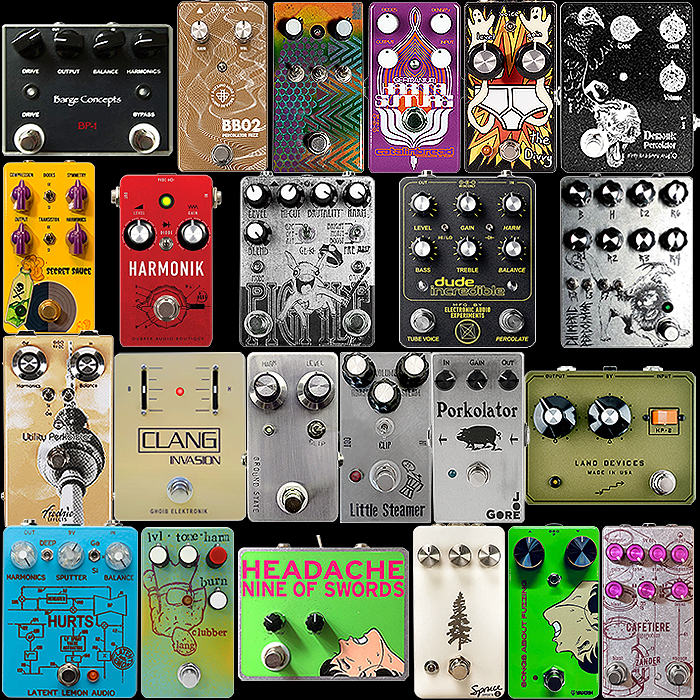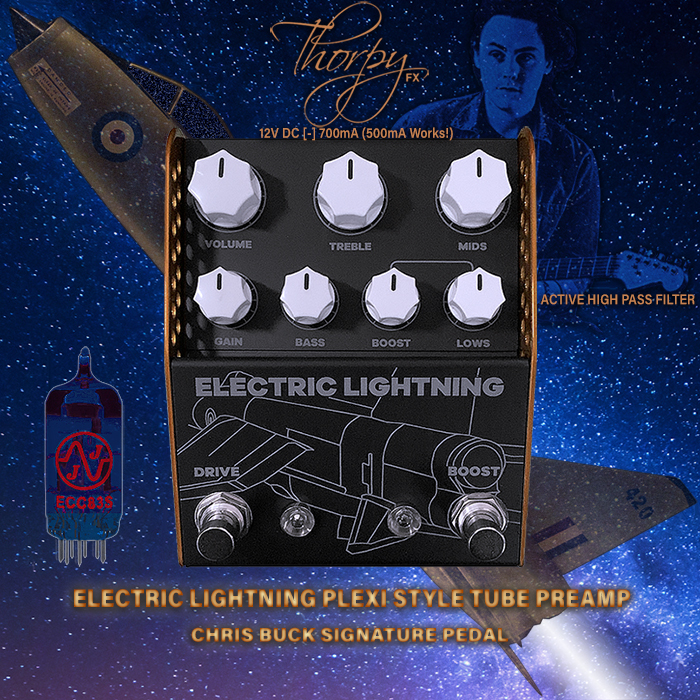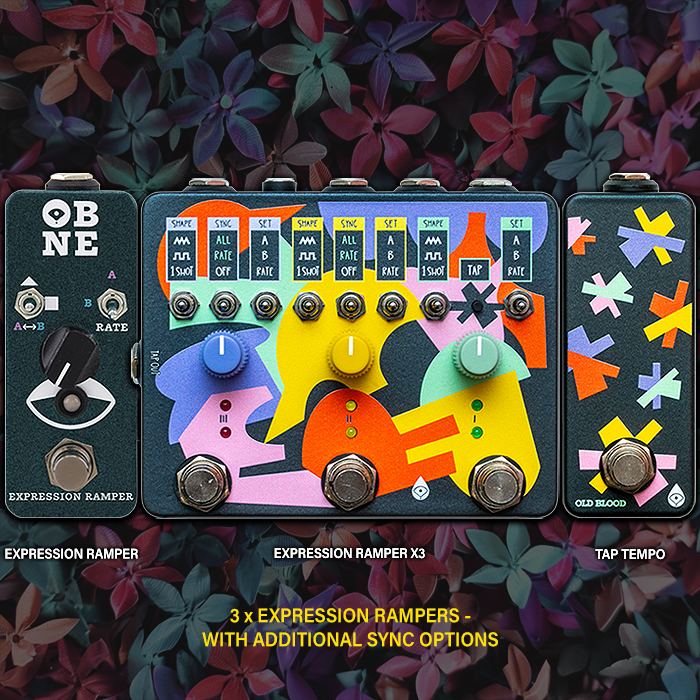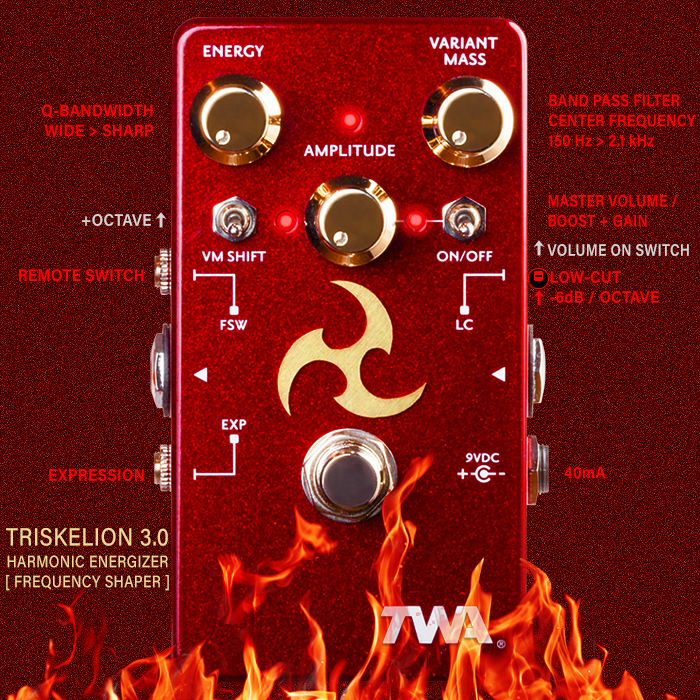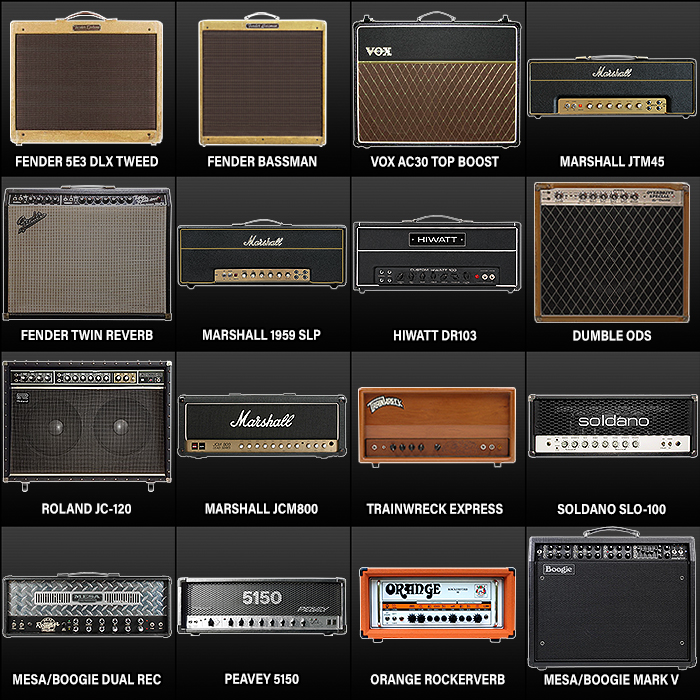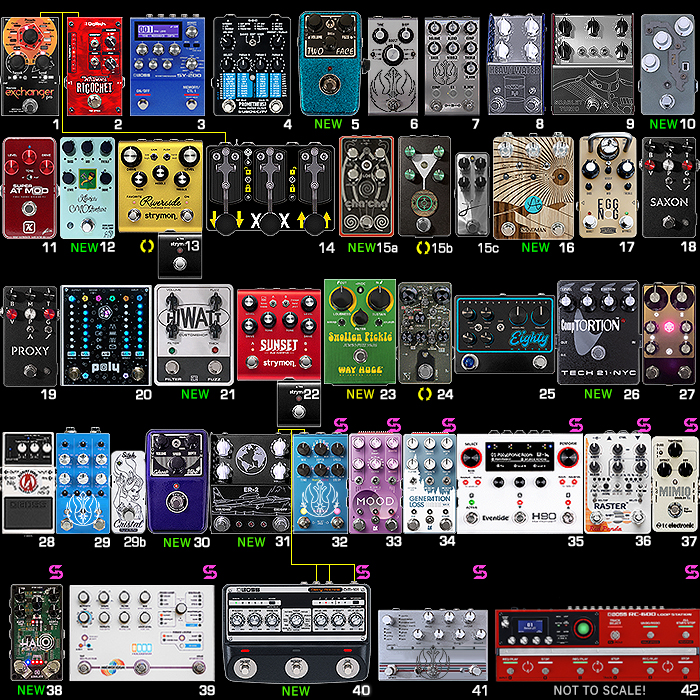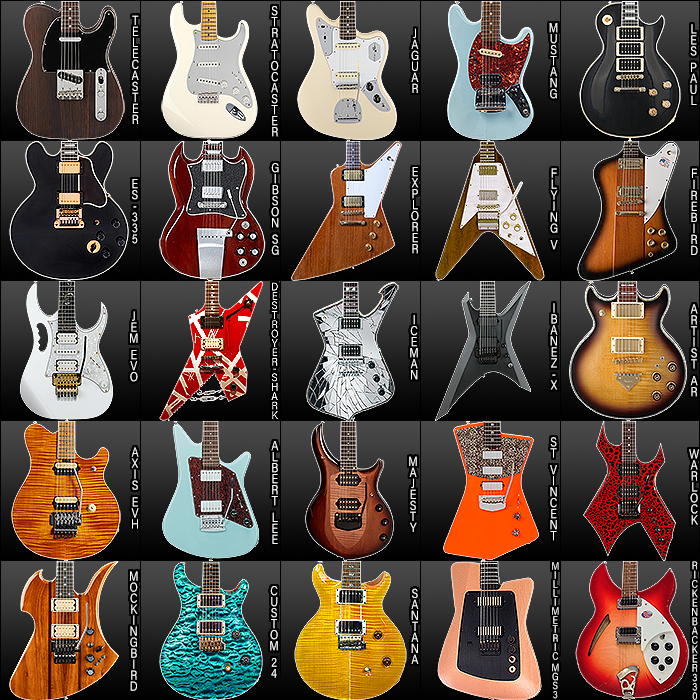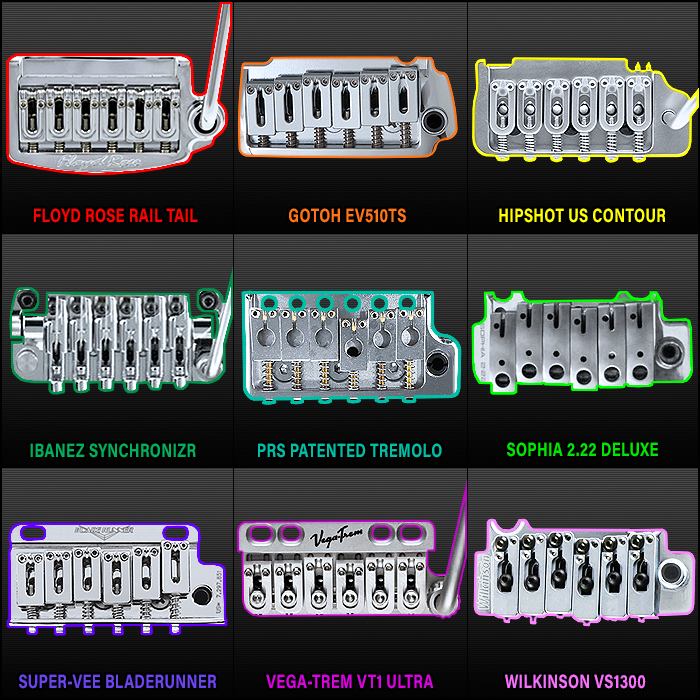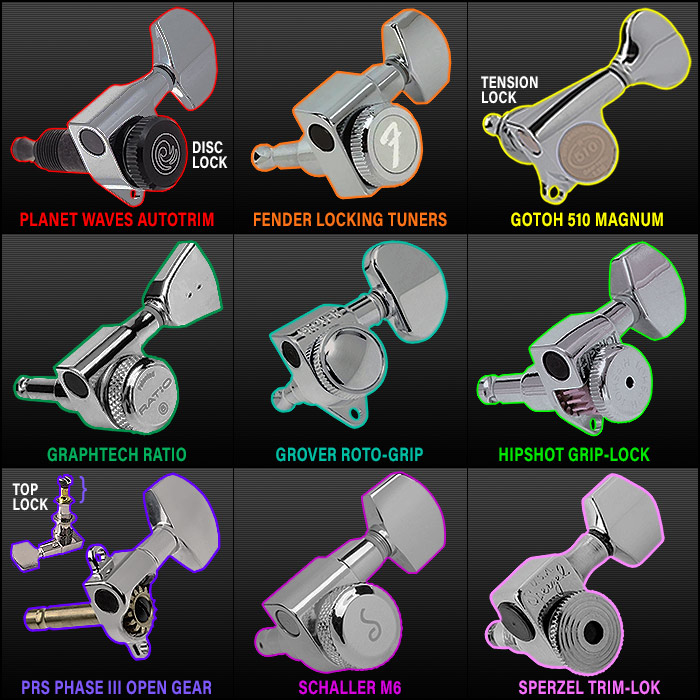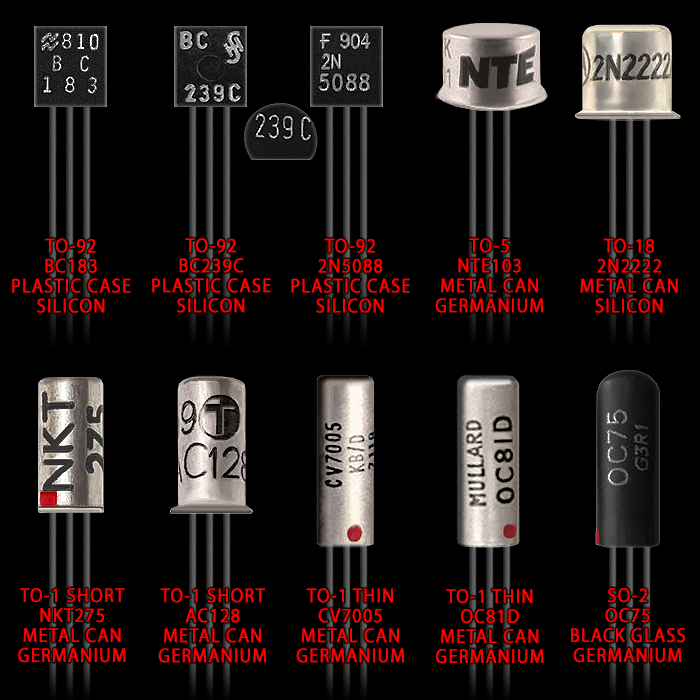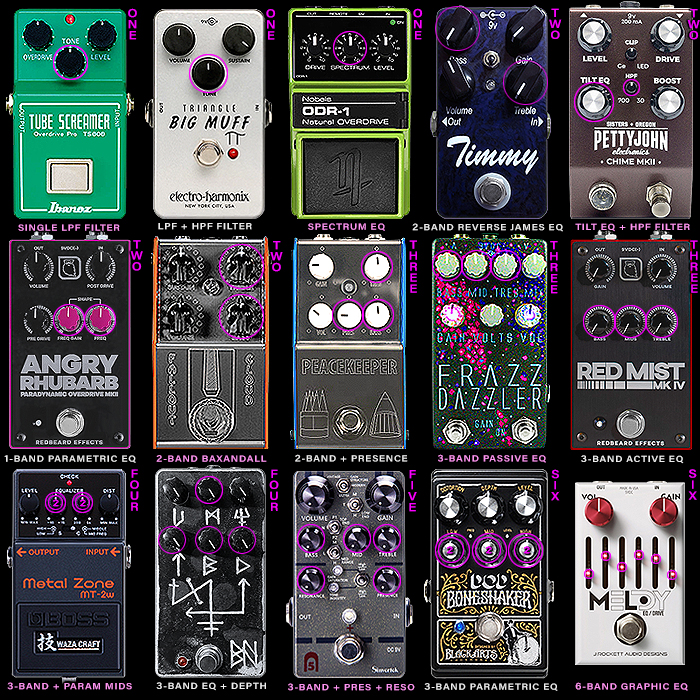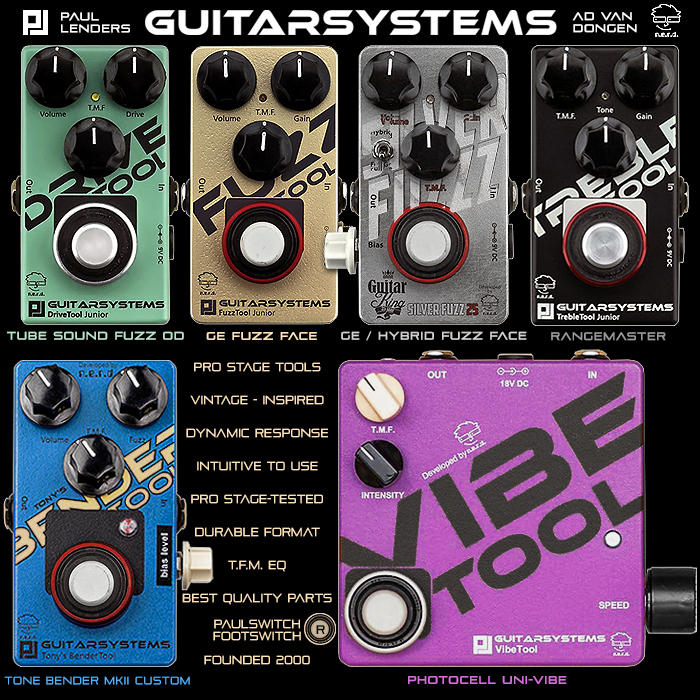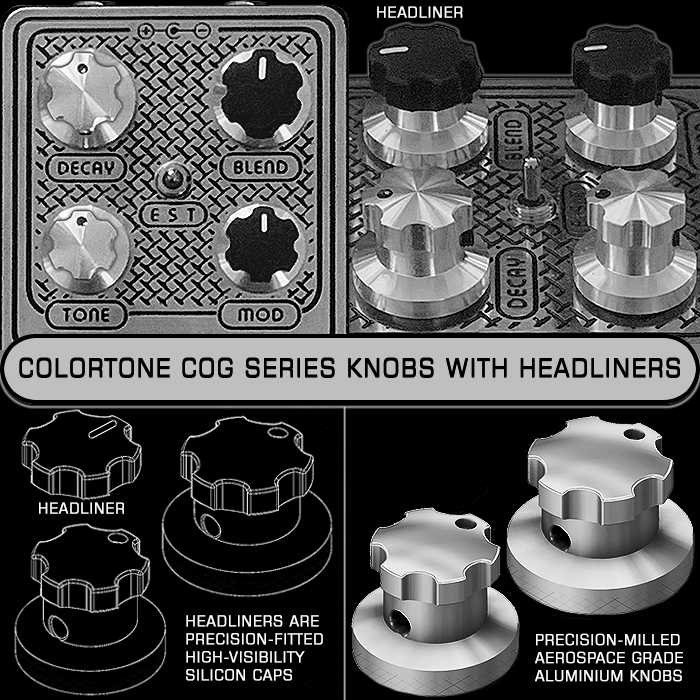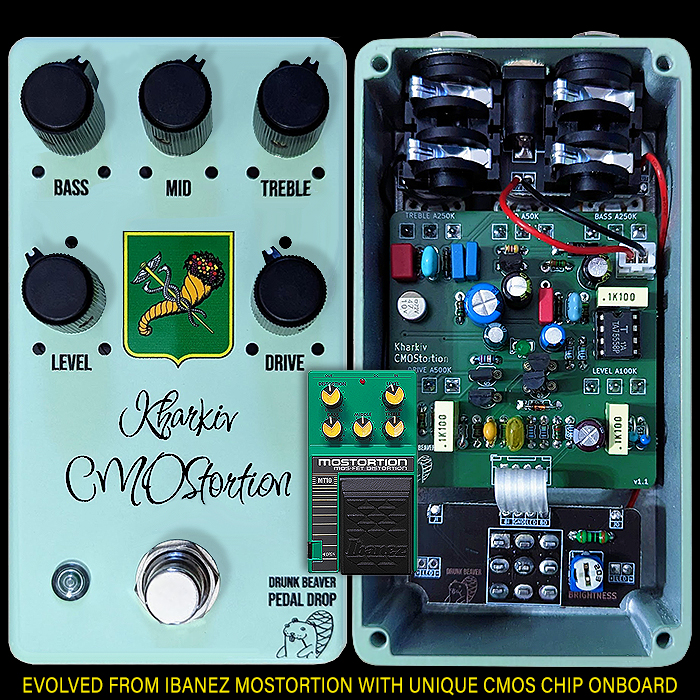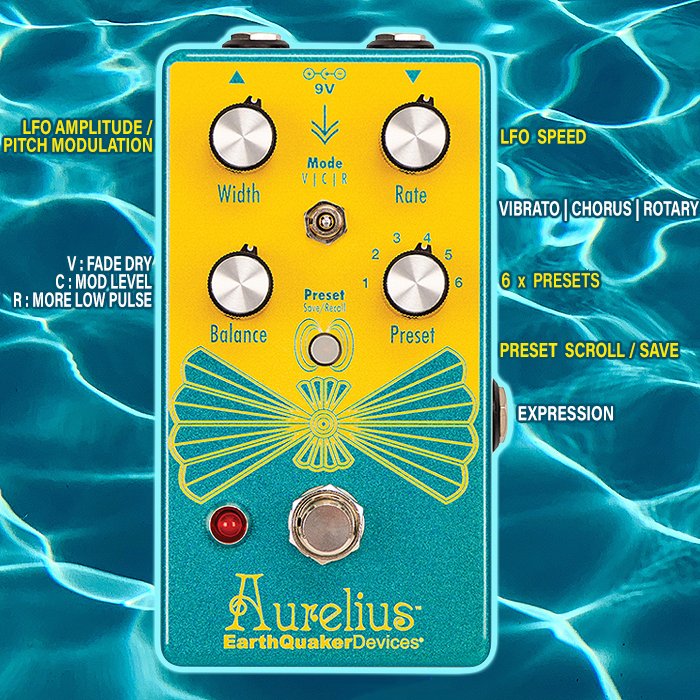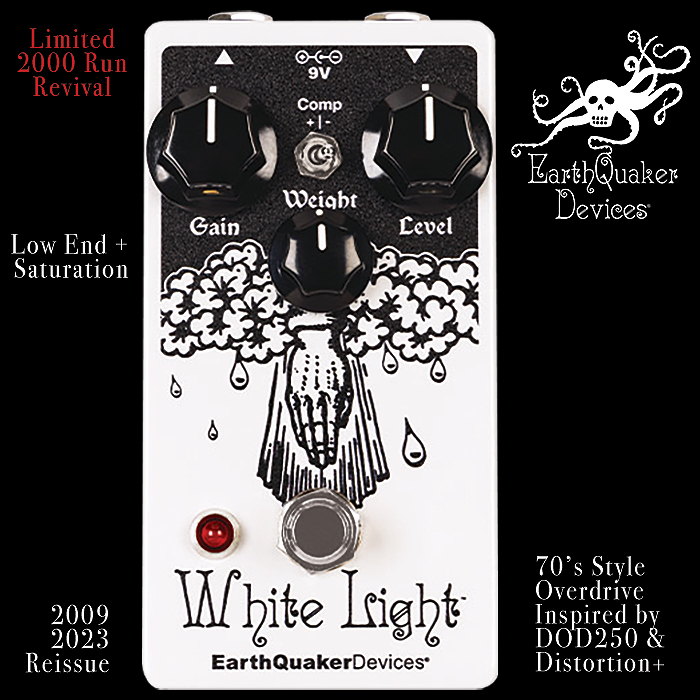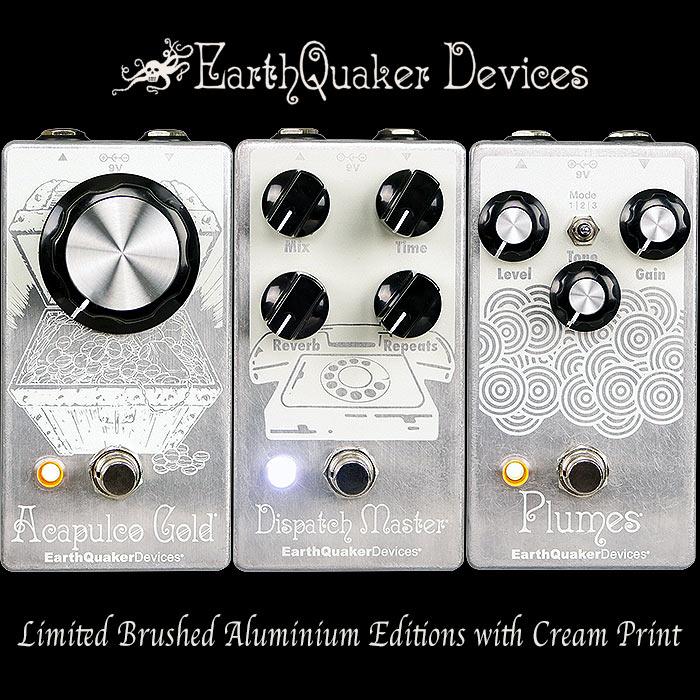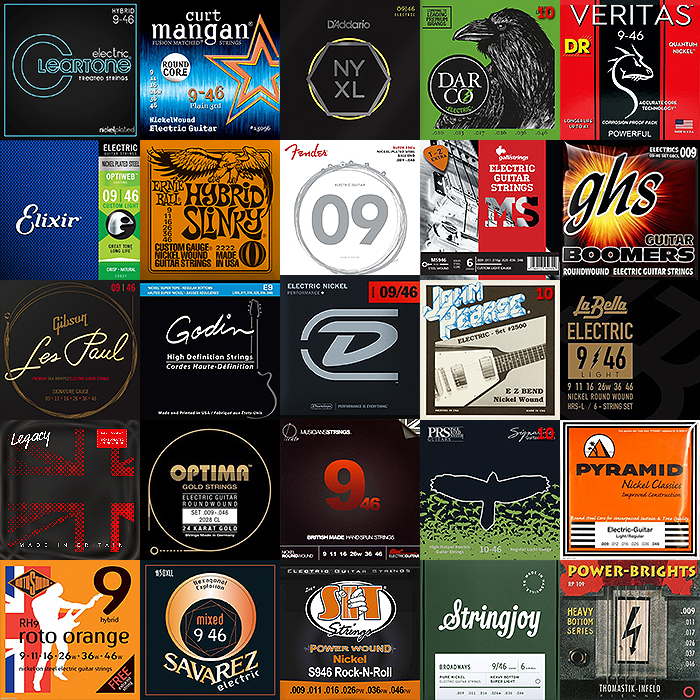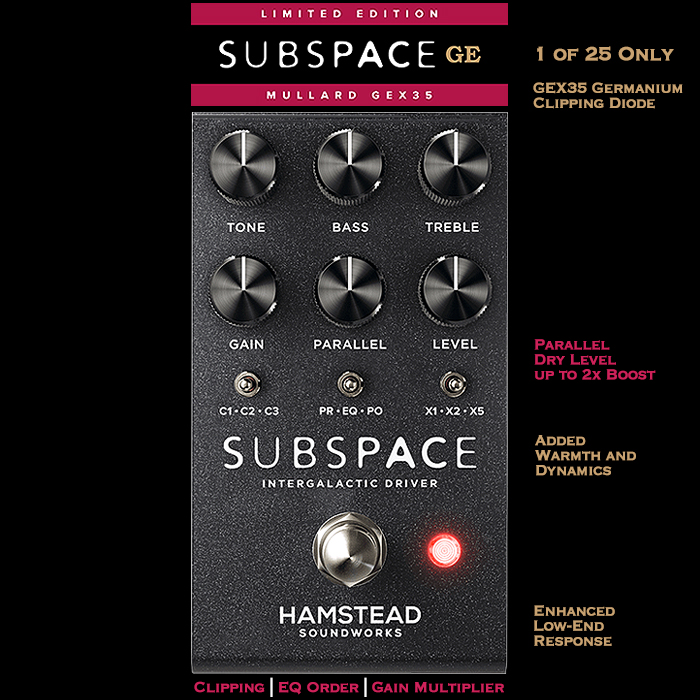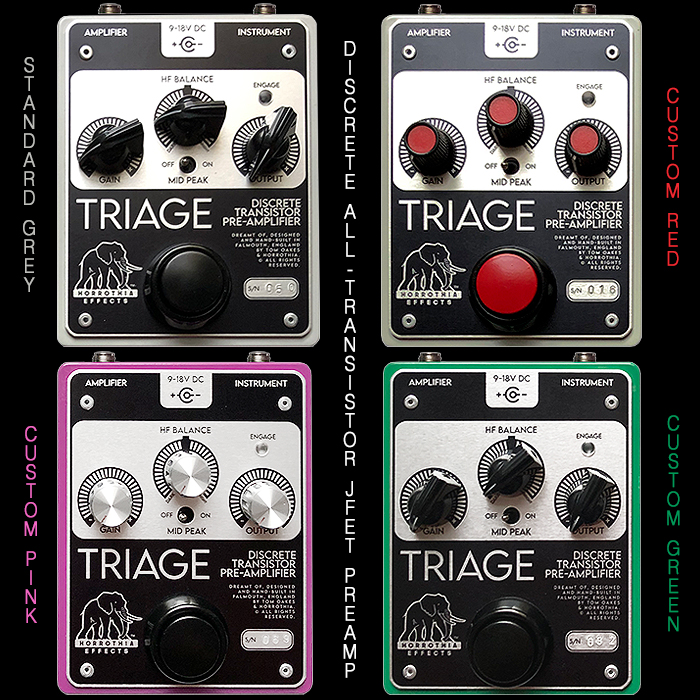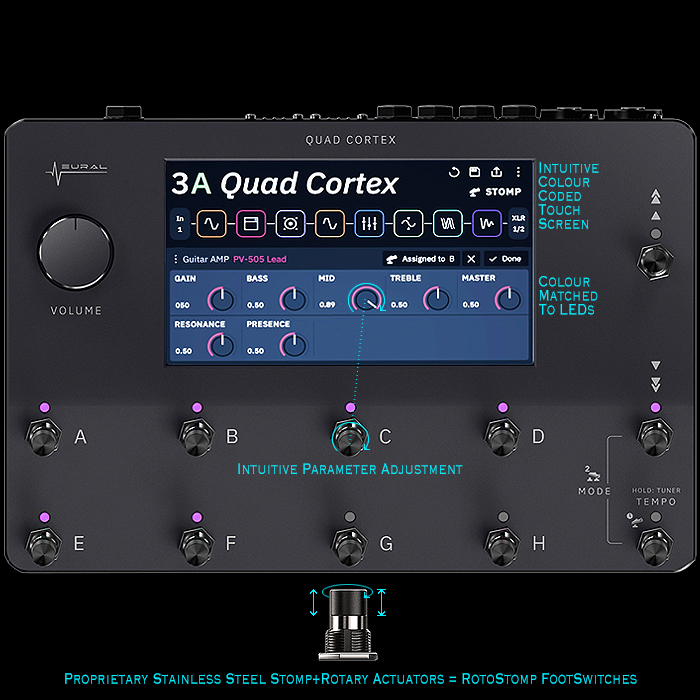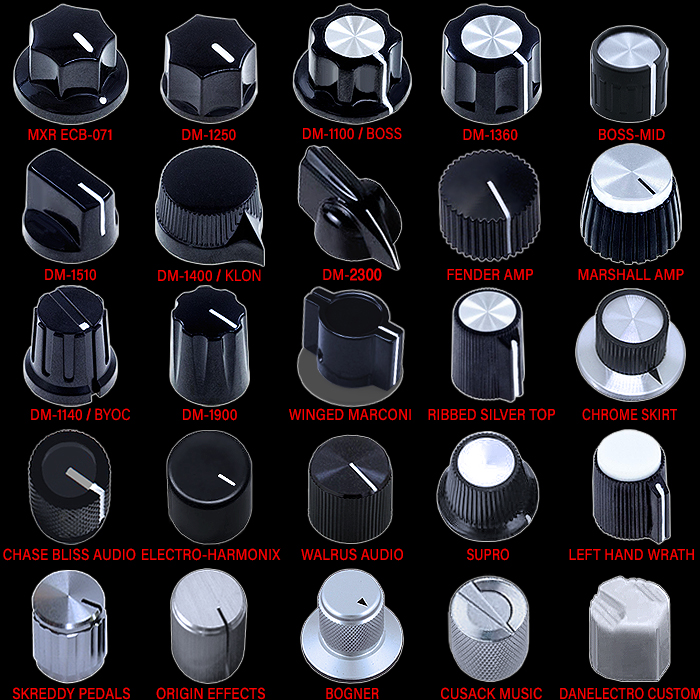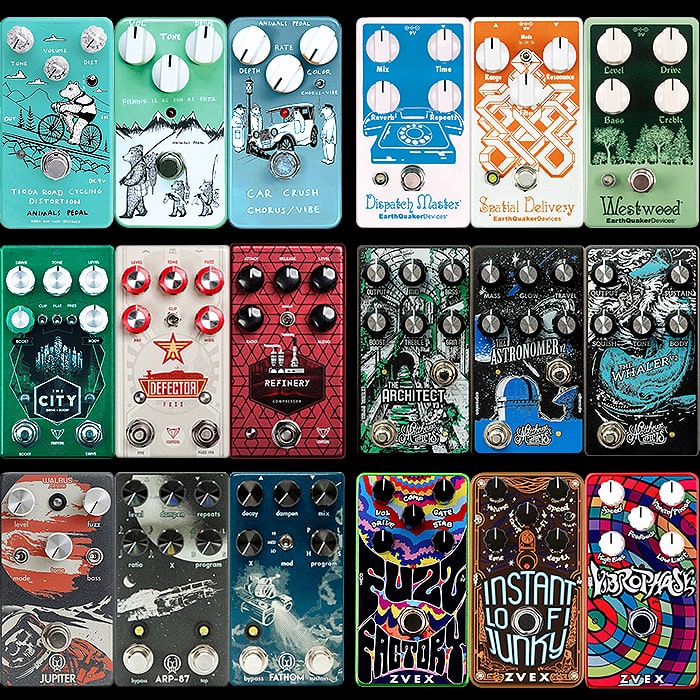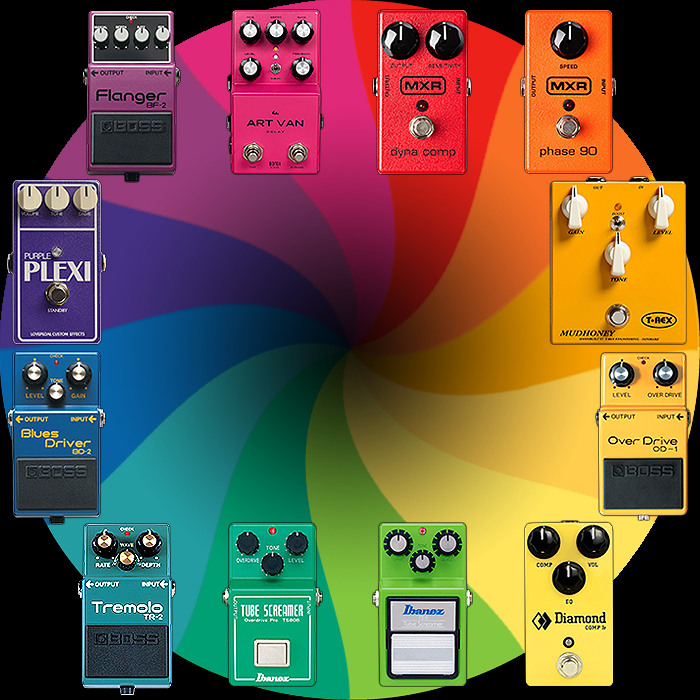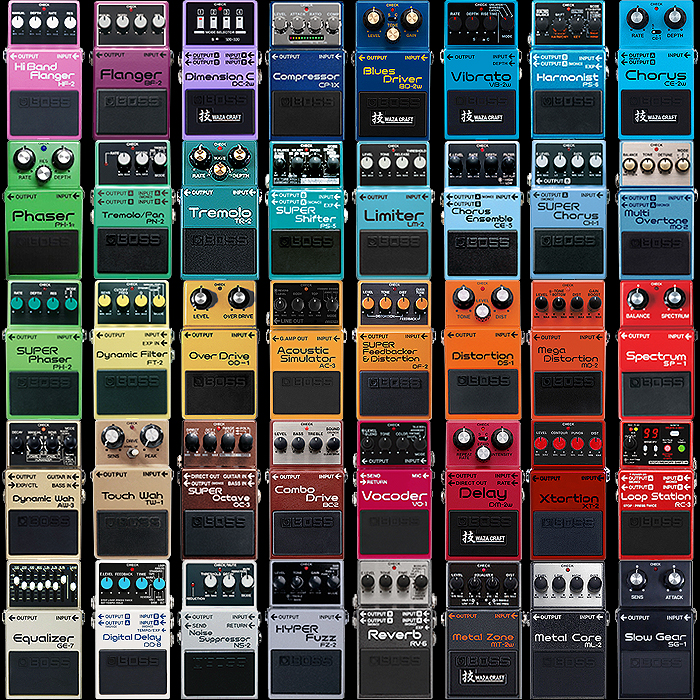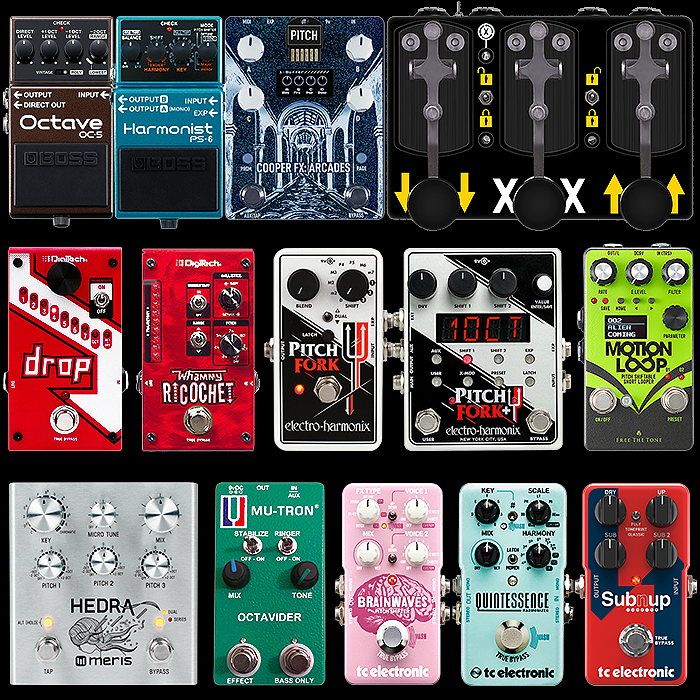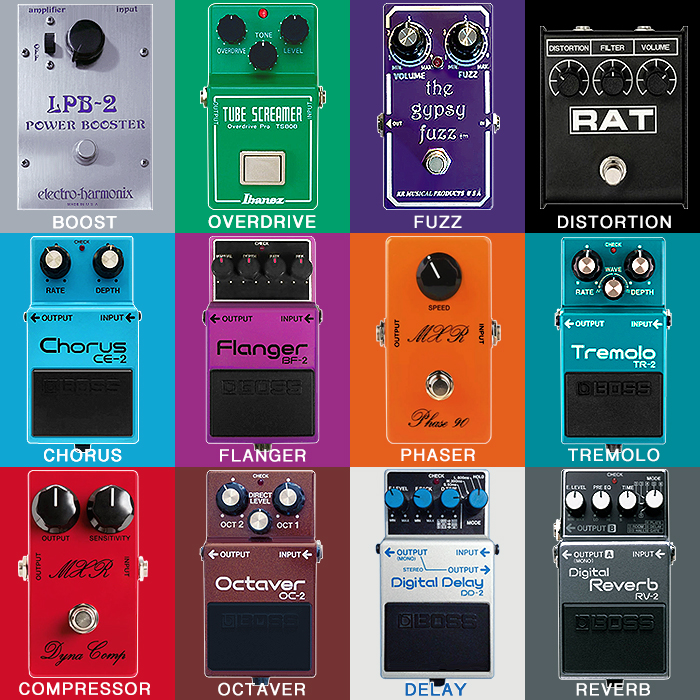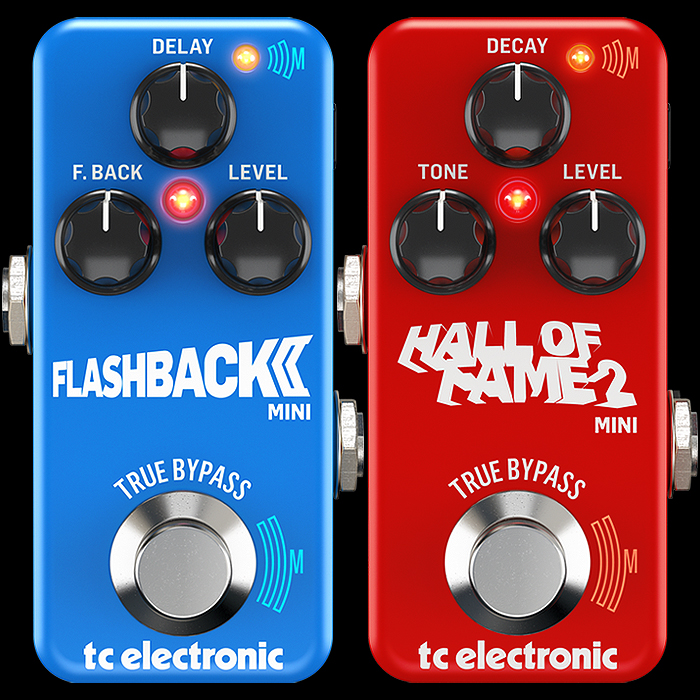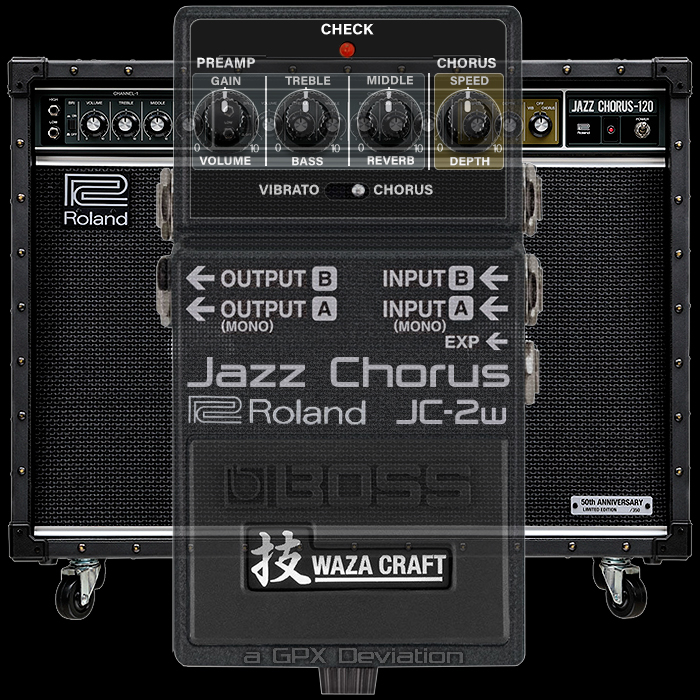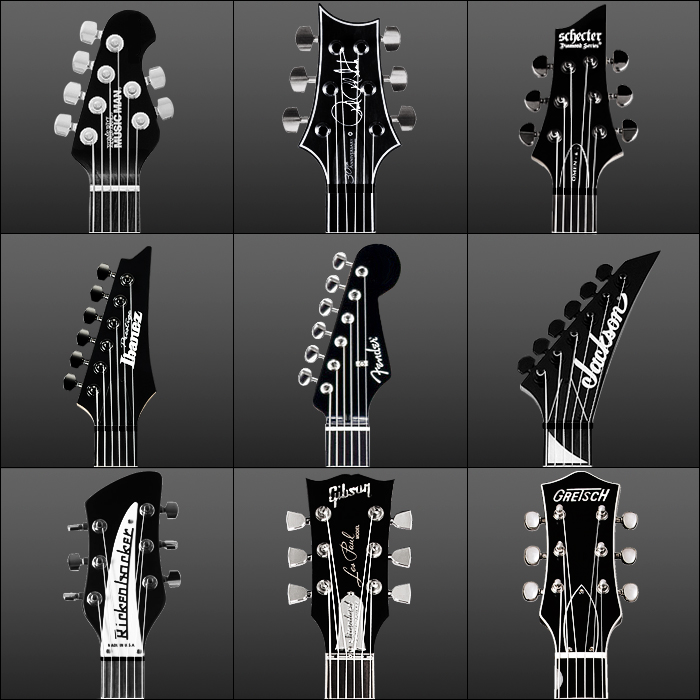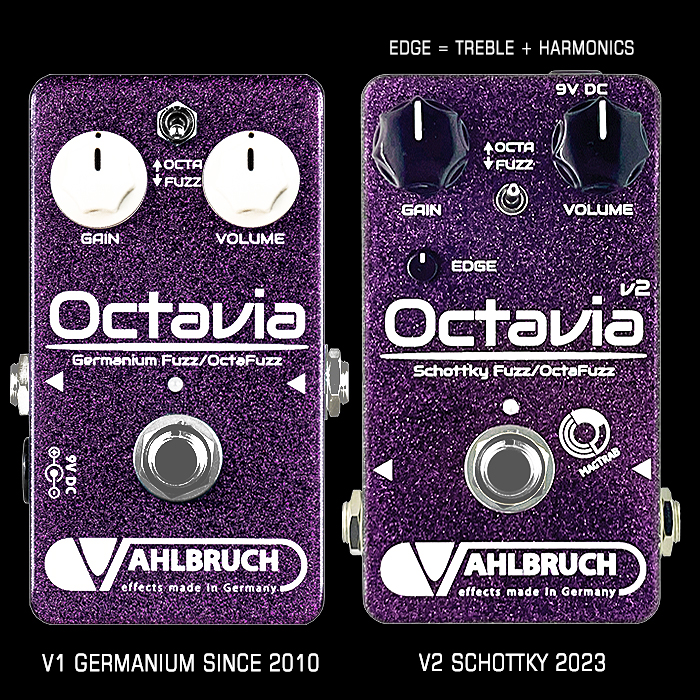Pedal Design 101 - Further thoughts on Stompbox Footswitches

I’ve championed various causes over the years - including ongoingly encouraging brands to evolve their own style of knobs - to help distinguish and differentiate themselves from the myriad alternatives. As a component - knobs are highly visual and can really lend a certain look or aspect of quality to a pedal. Generally Milled Aluminium or Sculpted Ceramic Knobs are top of that pack - and yet 99% of brands use a handful of very ubiquitous and commonplace designs.
Far less visible - as much of the magic happens below the surface - is the formerly humble Footswitch, which has more recently been getting a little more attention. I did a piece on the Evolution of Footswitches back in 2020, but now have a lot more thoughts to add to that subject - having crossed the 1,000 pedal collection line earlier this year. I’ve stomped on a lot of pedals over the years - and the same as with the old car door clunk-click trick - indicating whether that vehicle was of particularly high quality construction - the footswitch has increasingly had a similar impact on pedals for me.
Obviously the cheapest footswitches have a harsh and brittle click to them - where you can really feel the mechanical parts grinding against each other - and worry how long exactly such a switch will last.
Then you have the kind of industry standard made in Taiwan Alpha 3PDT style of switch - which still tends towards hard, but has no brittleness or grind. The vast majority of brands use standard Alpha footswitches - and I’ve been trying to encourage many of them of late to switch up to a better quality of feel product - as per the Soft-Click varieties made by Gørva and Tayda - in fact so similar are those (with just a few aesthetic brand differences) that they may very well be made in the same factory.
Lots of builder and players like some degree of haptic feedback when they engage a stompbox - and they like for there to be a click. Where if that’s the case - then I would recommend they look to the leading Soft-Click options just mentioned,
For the most part - most of the newer varieties of Footswitch are entirely clickless as such - and are determined to be ’Soft Touch’ therefore. The 4 footswitches that I covered back in 2020 and are still part of this selection are all Soft-Touch varieties - utilising a number of different switching technologies and often with additional features.
In many ways the Neural DSP Stomp + Rotary Actuators (which I have taken to calling ’RotoStomp’) are the most advanced format of Footswitch as they combine rotary and stomp control. Some of these switches are still largely mechanical and are either Latching or Momentary types - while several others here have smart circuitry to allow them to carry both Latching and Momentary duties.
Obviously there is a lot of brand and product protection going here - and for a lot of these devices details, proper pictures or diagrams are incredibly rare. In fact it was a struggle to find suitable image for several of these - and that process took a lot longer than it should have done.
Before I get to the list - I will try and cluster and group the relevant ones together and provide some key details one each.
The Alpa Electronic 3PDT Standard is your most typical ’quality’ switch found in most decent quality pedals.
The EarthQuaker Devices Flexi-Switch was one of the first Soft-Touch types - and handles both Latching and Momentary duties with ease.
I’ve put Gørva and Tayda together as they make very similar products. My friend Vitalii of Drunk Beaver fame has been using those for a couple of years now, and I found out a couple of days that my friend Phil at Bleak District Electric had gone the same way too - before I had that conversation with him.
There are a few companies I have had conversations with before - while they obviously have a lot of Alpha switches still in stock - and need to work through that backlog before they thing about switching to something different.
The GuitarSystems’ PaulSwitch is very striking and distinct - but is starting to show its age a little as that has a define hard click to its function. While on the neighbouring slot Horrothia’s Zinc Alloy Switch is actually a Soft-Touch variety. From a distance those look like plastic arcade style button switches - but if you do the teeth test - you can feel that they’re made of a very robust alloy - and are in fact engineered for military battleground conditions. No wonder Tom is so secretive of what they are or where he gets them from - as like for GuitarSystems - both those footswitches are instrumental to the look of those brands.
Next is the Neural DSP #RotoStomp Switch which is so cleverly deployed on the Quad Cortex - I was hoping that Neural or parent company Darkglass would at least have released a stompbox or two featuring those - or licensed them out to non-competing products.
Next we have TC Electronic’s smart but still under-engineered MASH footswitch technology - which I never really got to work entirely satisfactorily you had to apply quite a lot of pressure to get it to respond - and it was difficult to time sequences properly - probably need some sort of external sensitivity calibration to make that work more successfully. I have sever TCE MASH enabled pedals - and I just never got that feature to work particularly well - so tended not to use it.
Peter Hampton was very clever to licence Daniel Steinhardt’s own proprietary OptoKick Optical footswitches - which feature on several of Hamstead Soundworks’s pedals - including my Odyssey and Special Edition Subspace. I’m surprised more haven’t licensed that technology as it’s so sleek how it tower - and much more long-term reliable then mechanical switching solutions.
And finally (alphabetically) we have the Vahlbruch MagTraB Magnetic Switch - which is another genius proprietary solution - while there exists not a scintilla of references that explain that technology - which is the opposite as for the OptoKick - which has diagrams and everything. There are some scant details on DIY Pedal Builder forums - but nothing of any note that I could use here. The basic mechanism is easy enough to understand - while I would have like to see a cross-section like with TheGigRig’s OptoKick.
So that is the selection - not exhaustive necessarily, but eminently representative - as usual do let me know your own thoughts on this subject and what your own preferences are - as well as a note of any type that I’ve inadvertently omitted from this overview.
I’m all about encouraging and making things better - and long term - this is beneficial to builders (reliability) and customers / players alike - feel, experience, robustness!
Here’s a recap of the 9 key types featured here :
- Alpha Electronic 3PDT Industry Standard variety footswitch [Hard-Click]
- EarthQuaker Devices Flexi-Switch [Soft-Touch]
- GØRVA / Tayda 3PDT Switch varieties [Soft-Click]
- GuitarSystems PaulSwitch [Hard-Click]
- Horrothia Zinc Alloy Switch [Soft-Touch]
- Neural DSP RotoStomp* Switch [Soft-touch + Rotary]
- TC Electronic MASH Switch [Soft-Touch + Sensor]
- TheGigRig OptoKick Switch [Soft-Touch Optical]
- Vahlbruch MagTraB Switch [Soft-Touch Magnetic]


